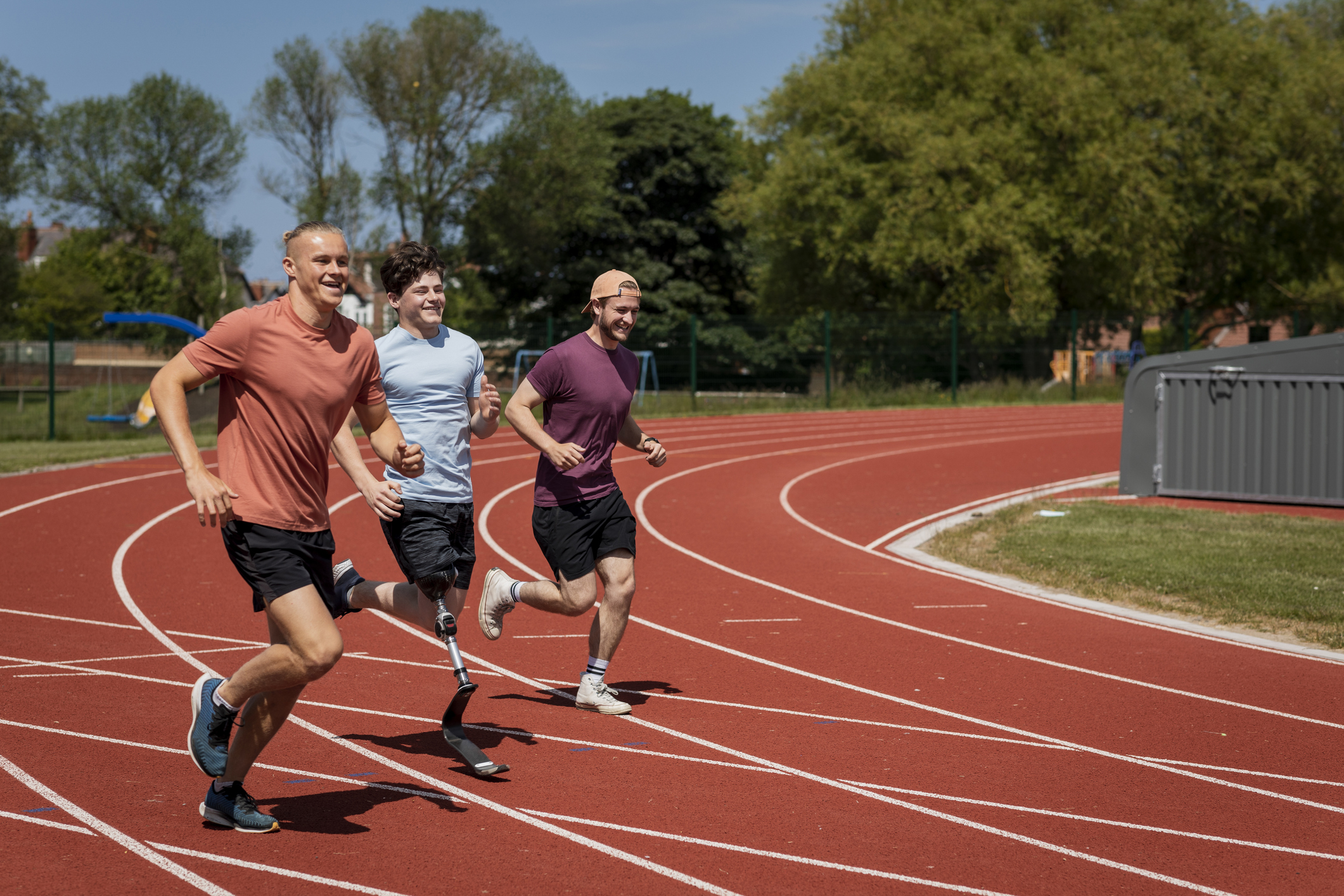Sports performance is simple and definite. Someone wins, and someone else loses or comes second. Therefore, it is tempting to think in binary terms about other aspects of sports performance. The laws of physics predict that an increase in power-to-weight ratio will increase the speed of a body moving against gravity. If body fat (or other tissues not contributing to the power of movement) could be removed from our bodies as simply as removing Lego blocks, we should see an increase in running speed. Particularly for endurance athletes who move their body mass over long distances, often uphill.
Successful distance athletes are lean. Observations that they cycle body mass and body fat levels over the season, with short periods spent at “race weight,” supports the “lighter is better” theory. However, sport also includes a sad side. For example, the “fat shaming” of Mary Cain and other promising athletes whose careers were cut short and made miserable by the pressure to be lighter and leaner. Relative energy deficiency in sport (REDS) describes a syndrome of health and performance impairments associated with problematic low energy availability (LEA) — chronic and severe exposure to undereating and/or overtraining that is often associated with weight loss attempts.
Our study, published in the August 2023 issue of Medicine & Science in Sports & Exercise®, was undertaken in recognition of the complexity of the issues. We attempted to investigate a real-world scenario — recruiting elite athletes (national-and international-level male and female race walkers) and involving real-life races (10,000 track races with judges and prize money).
Previous laboratory and free-living studies of low energy availability have required participants to eat and exercise according to the same energy characteristics each day. Our approach, the Supernova camp protocol, manipulated tight dietary control around a real-life periodized training program where sessions change in volume, intensity and energy cost each day. After completing a test block, half of the race walkers completed 15 days of training (~19 km per day) with high energy availability (3,700 kcal per day) while the others commenced with six days of high energy before switching to nine days of severe energy restriction (~1,500 kcal per day reduction). All athletes reverted to a high-carbohydrate, high-energy preparation for post-intervention testing, just as they’d consumed for the first test block.
This ~41% reduction in caloric intake created meaningful changes to body composition, with athletes losing ~2 kg of total body mass. Meanwhile, high daily intakes of protein were largely able to preserve muscle mass. Adherence to this diet resulted in increased perceptions of stress and fatigue, and a decrease in training quality. The walkers were ~4% faster in Race 2. However, a similar improvement was seen in the weight loss group as the group who consumed a high-energy diet for the duration of the study. In fact, when looking at all athletes in the study, there was no correlation between changes in body mass and changes in race performance.
There are different ways to interpret these findings. The simplest view is that being lighter does not guarantee a better performance. The more nuanced is that performance in competitive endurance sport is multifactorial — and real-life athletes can’t remove body fat like Lego blocks without changing key influencers such as fuel levels, training quality and recovery, confidence/mood and potential loss of muscle mass. Our weight loss program was short and severe, achieving a 3% body mass loss. It caused acute impairment of energy levels and quality of life, but we were able to reverse this and restore race performance via 24 hours of refuelling.
We emphasise that such severe energy restriction is not a chronic solution to body composition manipulation. However, if minor alterations are required, this protocol could be tweaked to include in the athlete’s annual plan either as a periodic activity or as a strategically placed activity to allow recovery before a race. Our final observation is that for an issue that is such a highly discussed and important topic in sports performance, there are pitifully few high-quality studies.
Related CEC Courses:
Extraordinary Exercise and Cardiovascular Health: Can there be too Much of a Good Thing? (1 CEC)
Current Sports Medicine Reports: Nutrition & Ergogenic Aids (6 CECs)

Louise Burke, PhD, is a sports dietitian with 40 years of experience in the education and counselling of elite athletes. She was head of sports nutrition at the Australian Institute of Sport and the team dietitian for the Australian Olympic Teams (1996-2012). She is currently chair in sports nutrition in the Mary MacKillop Institute of Health Research at Australian Catholic University, has over 300 papers in peer-reviewed journals and is an editor of the International Journal of Sport Nutrition and Exercise Metabolism. Louise was a founding member of the Executive of Sports Dietitians Australia, is a director of the IOC Diploma in Sports Nutrition and an ACSM fellow. She was awarded a Medal of the Order of Australia in 2009 for her contribution to sports nutrition.

Jamie Whitfield earned his Ph.D. in exercise physiology and muscle metabolism from the University of Guelph (Canada) and is now a research fellow in the Exercise and Nutrition Research Program at Australian Catholic University (Melbourne, Australia). His research utilizes a variety of research models to gain a better understanding of how nutrient availability alters skeletal muscle metabolism and whether it can promote or inhibit training adaptation and, ultimately, human performance capacity.
Viewpoints presented in ACSM Bulletin commentaries reflect opinions of the authors and do not necessarily represent positions or policies of ACSM. Active Voice authors who have received financial or other considerations from a commercial entity associated with their topic must disclose such relationships at the time they accept an invitation to write for the ACSM Bulletin.




